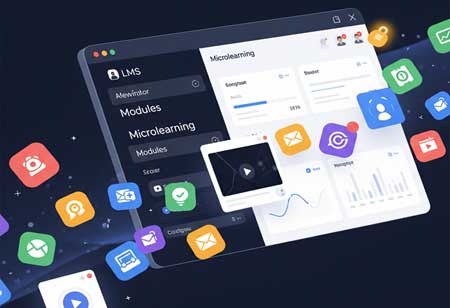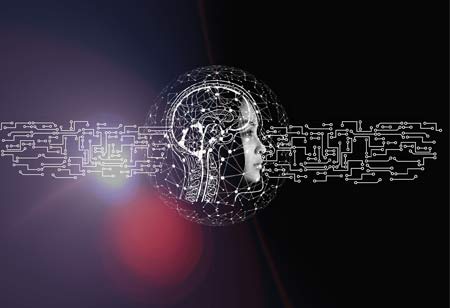THANK YOU FOR SUBSCRIBING
Be first to read the latest tech news, Industry Leader's Insights, and CIO interviews of medium and large enterprises exclusively from Education Technology Insights
The Advantages of The Digital Classroom
Young kids are becoming tech-savvy, with phones and online classes influencing their lives, particularly in education.

By
Education Technology Insights | Tuesday, January 14, 2025
Stay ahead of the industry with exclusive feature stories on the top companies, expert insights and the latest news delivered straight to your inbox. Subscribe today.
Young kids are becoming tech-savvy, with phones and online classes influencing their lives, particularly in education.
FREMONT, CA: Virtual learning gained popularity post-pandemic, with more people understanding the benefits of digitally-enabled smart classrooms. The adoption of these tools is increasing, but it's unclear what digitally-equipped classrooms are and how they differ from traditional ones.
A digital or smart classroom is a technology-based educational environment that allows students to learn from home using electronic devices and the internet, enabling real-time and recorded learning and allowing teachers to create flexible class schedules.
A digitally enabled classroom's advantages:
International Information Exchange
Digital platforms create an integrated information hub, allowing access to ebooks and digital libraries worldwide. This will enable children to supplement their learning with global information. Smart classrooms provide equal access to all students globally, ensuring the latest information is always available. Multiple people can access ebooks simultaneously, and as knowledge evolves, updating and altering digital content is easier, ensuring students always have access to the latest information.
Various Instructional Resources
Traditional teaching methods like lectures and blackboards can be monotonous for students. Smart classrooms, which incorporate digital tools like interactive sessions, animated videos, and 3D models, offer a more engaging and creative approach. These classrooms provide multiple resources for the same topic, allowing for a more effective learning strategy.
Improved Availability
Tech-based classrooms offer accessibility, allowing students to learn from anywhere, anytime. Traditional classrooms often lack storage for future reference, causing missed lessons for those unable to commute or attend classes. Tech-powered classrooms provide access to lectures and recorded sessions and can be accessed through devices, enabling better revision without the need for external content.
Self-Directed Education
Virtual classrooms offer a blend of structure and adaptability, enabling students to progress at their own speed and access materials at any time. This method guarantees individual comprehension of concepts while maintaining alignment with the group, contrasting with traditional classrooms that emphasize collective learning and may not accommodate students who require a slower pace.
A Greater Degree of Accountability
A smart classroom streamlines tasks like test administration and feedback by providing students with virtual profiles. Teachers can monitor performance, analyze watch time, conduct online tests, and supervise students using webcams and microphones. The system allows for single-place upload of results and feedback, enabling easy data sharing with parents and teachers.
Communication Ease
Smart classrooms enable students and teachers to communicate through various methods, including messages, virtual meetings, and individual or group communication. Students can leave questions or requests, while teachers can view messages and respond. The platform also allows sharing notifications about upcoming exams, schedule changes, and additional resources.
Saving Money and Resources
Technology-enabled classrooms provide cost-saving benefits by eliminating paper usage and maintaining the same resources for students. This promotes environmental consciousness and saves electricity and infrastructure. Online classes enhance the quality of education, contributing to a sustainable and environmentally friendly learning environment. This approach also reduces paper usage.
I agree We use cookies on this website to enhance your user experience. By clicking any link on this page you are giving your consent for us to set cookies. More info

However, if you would like to share the information in this article, you may use the link below:
www.educationtechnologyinsightseurope.com/news/the-advantages-of-the-digital-classroom-nid-2766.html






